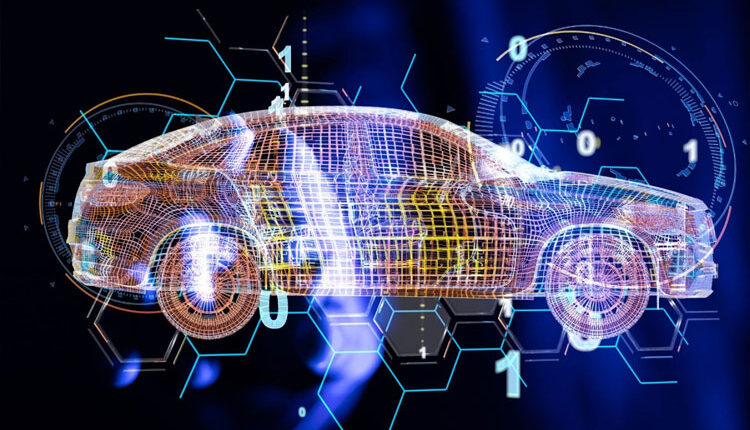The automotive industry is facing significant challenges, which are causing a tremendous upheaval in the industry.
In the highly competitive environment of the automotive industry, all manufacturers are under pressure to constantly bring new models to market: In addition to ever shorter innovation cycles, this also results in increasingly complex design requirements. The focus is therefore on short throughput times at the highest possible quality across all segments – from chassis, transmission, and engine construction all the way to manufacturing large fascia molds or stamping dies. CAD/CAM system is a critical success factor for all automotive manufacturer in streamlining the design and production processes. Looking ahead, several future trends are set to revolutionize CAD/CAM systems in the automotive industry:
Global CAD Software market valued at $9.3 billion in 2019, the global CAD software market size is set to witness growth of 6.6% during 2020-2030, reaching $18.7 billion by 2023, A major factor driving the industry growth due to increasing usage of CAD/CAM software in the Automotive Industry.
Design for Manufacturability (DFM):
CAD/CAM systems will increasingly focus on DFM principles to optimize the manufacturability of automotive components. By integrating manufacturing constraints and considerations into the design process, CAD/CAM software will enable engineers to create components that are easier to produce, assemble, and maintain. DFM-driven CAD/CAM systems will minimize material waste, reduce production costs, and enhance overall efficiency.
Simulation and Optimization:
Advanced simulation capabilities will become an integral part of CAD/CAM systems for automotive component manufacturing. Engineers will be able to simulate various manufacturing processes such as machining, casting, forging, and injection molding to analyze and optimize their designs. Simulations will help identify potential issues, optimize tool paths, improve part quality, and minimize production time and costs.
Advanced Materials and Composites:
The automotive industry is increasingly incorporating advanced materials and composites to achieve lightweighting and improved performance. CAD/CAM systems will need to adapt to support the design and manufacturing of these materials. This includes tools for modeling composite structures, simulating material behavior, and optimizing manufacturing processes specific to these materials, such as automated fiber placement and resin infusion.
Robotics and Automation:
Robotics and automation are transforming the manufacturing landscape, and CAD/CAM systems will play a crucial role in enabling their integration. CAD/CAM software will include features that facilitate the programming of robotic systems for tasks such as machining, assembly, and inspection. Integration with automation systems will streamline production, improve precision, and enhance overall productivity.
Real-Time Process Monitoring:
CAD/CAM systems will leverage real-time process monitoring technologies to ensure quality control and traceability in automotive component manufacturing. Integration with sensors and IoT devices on the production floor will enable the collection and analysis of data during the manufacturing process. This data can be used to monitor process variables, detect anomalies, and make adjustments in real-time, leading to improved quality, reduced waste, and enhanced efficiency.
Additive Manufacturing Advancements:
Additive manufacturing techniques, such as metal 3D printing, are gaining prominence in automotive component manufacturing. CAD/CAM systems will continue to evolve to support the design and optimization of parts for additive manufacturing. This includes capabilities for generating lattice structures, optimizing support structures, and simulating the additive manufacturing process to ensure part integrity and quality.
Digital Integration and Connectivity:
CAD/CAM systems will become more connected and integrated with other digital technologies in the manufacturing ecosystem. This includes integration with enterprise resource planning (ERP) systems, manufacturing execution systems (MES), and supply chain management tools. Digital integration will enable seamless data flow, improve process visibility, and facilitate efficient collaboration across the entire automotive component manufacturing value chain.
These future trends in CAD/CAM systems for automotive industry are poised to revolutionize the industry by optimizing designs for manufacturability, leveraging advanced simulation and optimization techniques, integrating automation and robotics, embracing advanced materials, enabling real-time process monitoring, advancing additive manufacturing capabilities, and fostering digital integration and connectivity throughout the manufacturing ecosystem.


